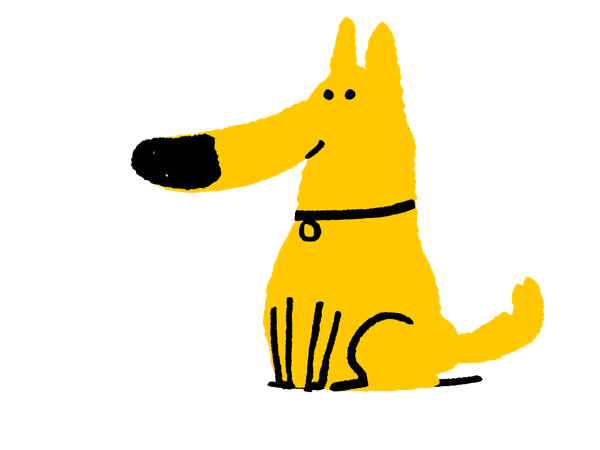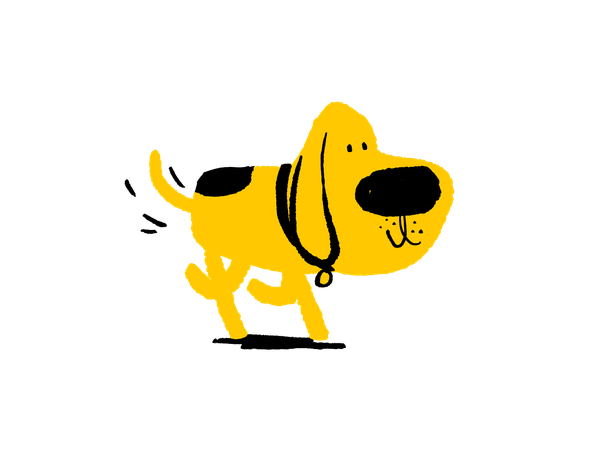English Bulldog
Everything you need to know about English Bulldogs
- Life Expectancytypically 10+ years
- SheddingShort length with moderate shedding
- SizeMedium
Everything you need to know about English Bulldogs
English Bulldogs are typically less active dogs with a smooth coat, a short nose and a sturdy build. Standard English Bulldog colours include white, fawn, red and brindle.
There’s lots of doggy behaviour that comes naturally to all breeds of dog, including English Bulldogs, from digging and chasing to searching and retrieving.
Thinking about giving an English Bulldog a forever home? Here are some Bulldog facts that might help you decide.
Every dog is different with their own personality and needs. Here are some areas to think about when taking care of an English Bulldog.

Even if you think you know about English Bulldogs, it’s important to remember that every dog has their own personality.

Would a short-haired hound suit your lifestyle? Here are some more breeds that won’t have you at the groomer’s every week.